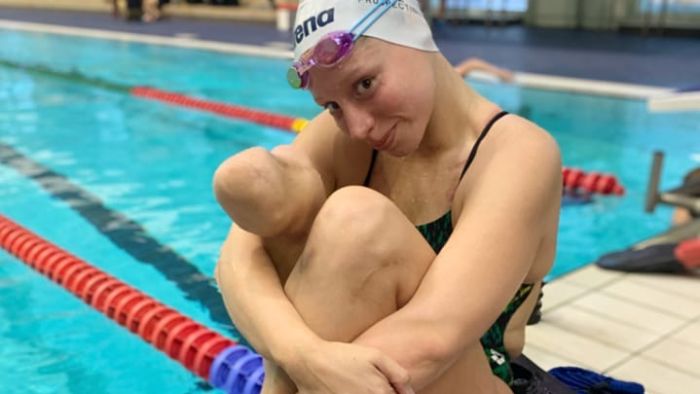Paralympic swimmer Monique Murphy spent years battling an insidious enemy within her own body that consumed her with crippling pain and made her question her sanity.
And she’s determined to ensure other women — athletes in particular — don’t have to engage in the same agonising fight against endometriosis.
“I think it is common that people think you get cramps, you get pain and bleeding, you’ll be okay,” the 26-year-old said.
“And if it’s a recurring theme, it’s not okay. We need to change that way of thinking. We’re not doing our female athletes any good right now.”
Six years ago, Murphy fell from a fifth-floor balcony at a university party — the result of a suspected spiked drink.

She spent a week in an induced coma after suffering multiple injuries including a broken jaw, collarbone and ribs.
Her right leg was amputated below the knee.
But the worst pain she encountered in the aftermath came from her then-undiagnosed endometriosis — an incurable disease where tissue similar to what normally lines the uterus grows in other parts of the body.
“And all the doctors at that time were telling me that was completely normal and my body had been through trauma, and it was just recovering and it was going to be an up-and-down journey.”
But as QENDO (Endometriosis Association in Queensland) states, “period pain that stops you from doing your normal daily activities and cannot be managed with simple over-the-counter pain medication is not normal. It is not a part of being a woman”.
Medals valued over everything
It took Murphy five years to receive her diagnosis, and she was one of the lucky ones.

One in 10 women have endometriosis and face an average of seven to 10 years looking for a diagnosis because of a lack of k

